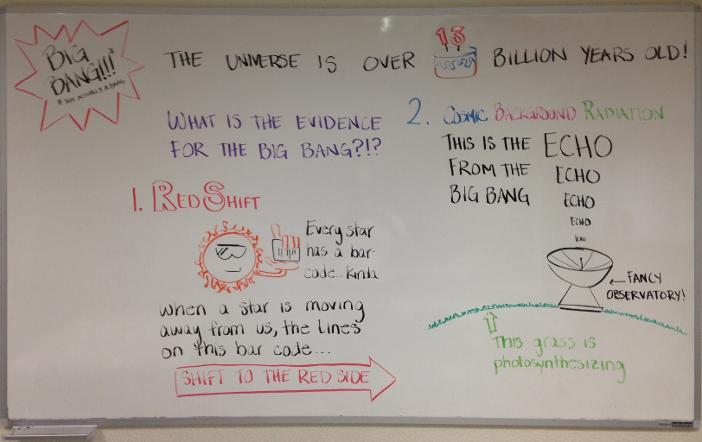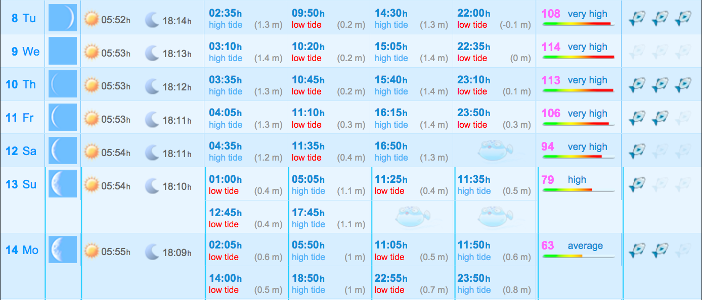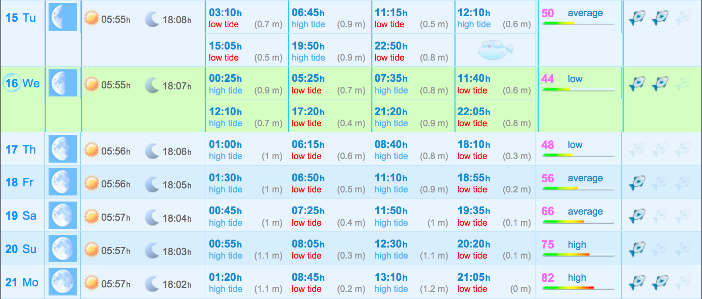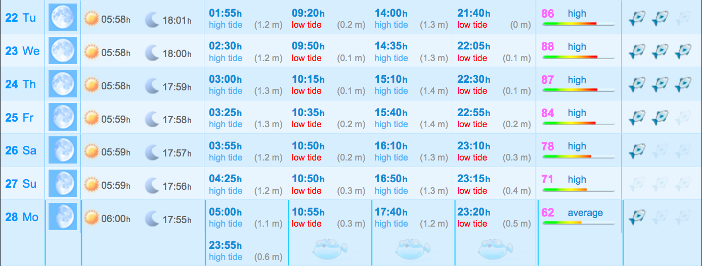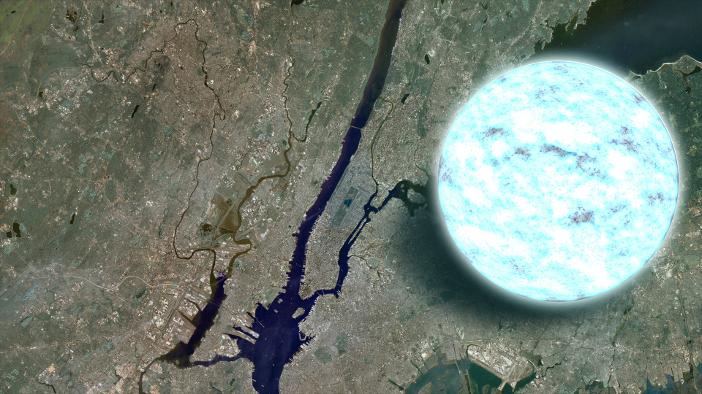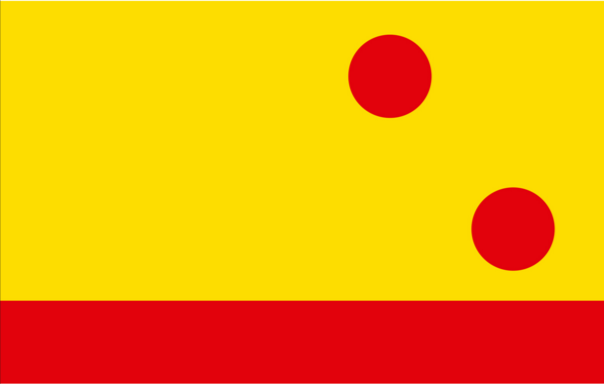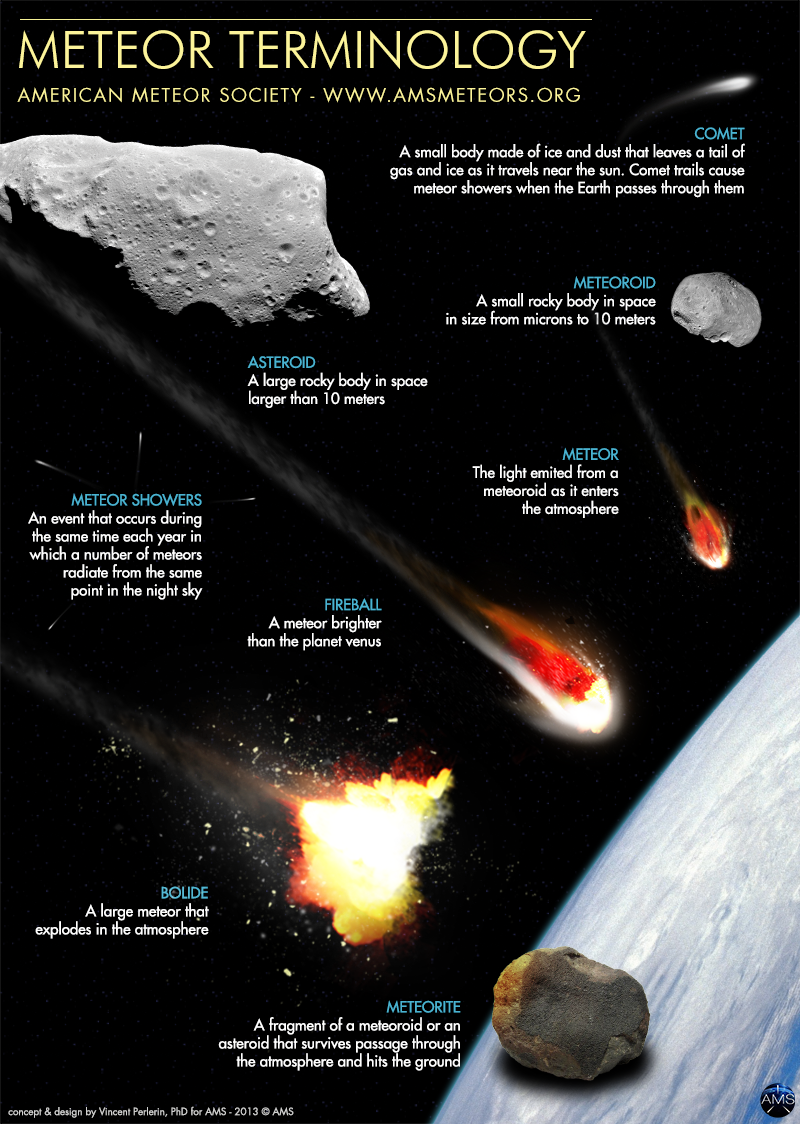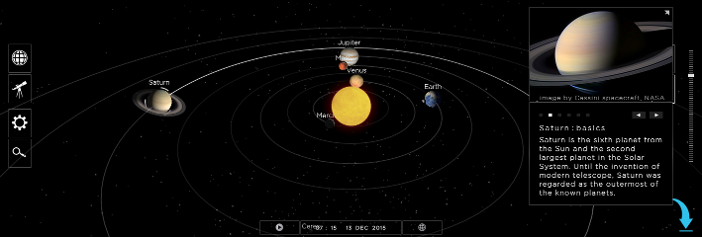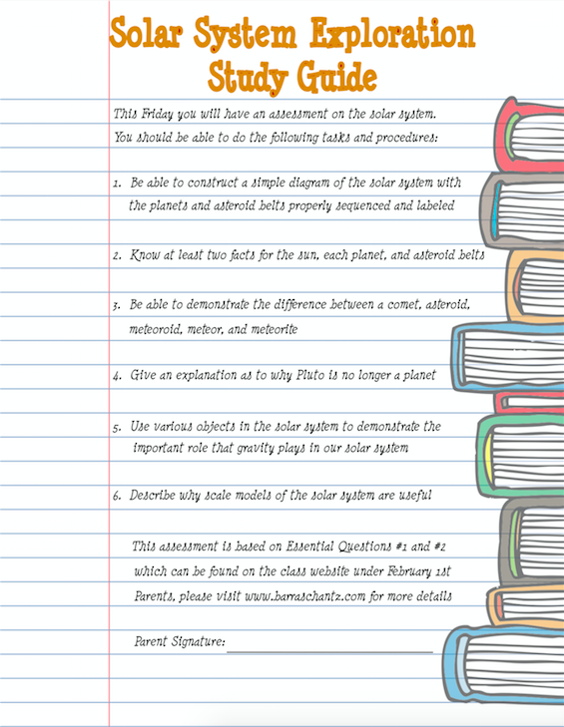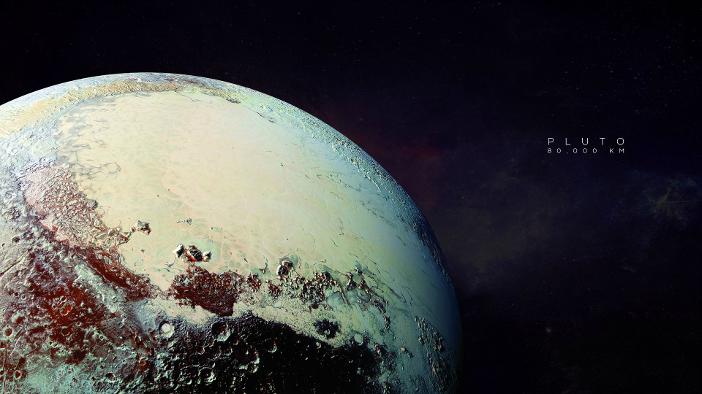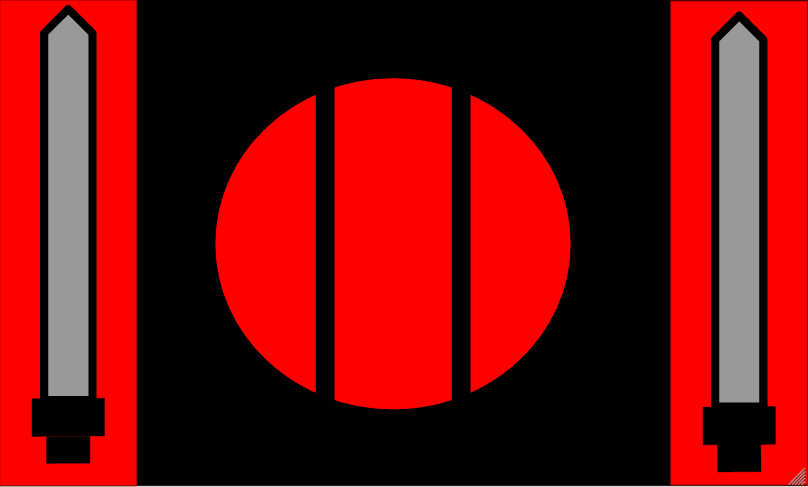
|
Math 6.8 Chapter Test.pdf Size : 105.724 Kb Type : pdf |

|
Plate Tectonics Study Guide.pdf Size : 175.59 Kb Type : pdf |

|
Math 6.8-4 Surface Area of Prisms Answers.pdf Size : 79.516 Kb Type : pdf |

|
Practice 6.8-5 Volume of Rectangular Prisms Answers.pdf Size : 320.528 Kb Type : pdf |

|
Math 6.8-4 Surface Area of Prisms.pdf Size : 837.071 Kb Type : pdf |

|
Practice 6.8-5 Volume of Rectangular Prism.pdf Size : 320.528 Kb Type : pdf |





|
Math 6.7 Chapter Test Answers.pdf Size : 144.428 Kb Type : pdf |

|
Math 6.7 Cumulative Review Answers.pdf Size : 55.603 Kb Type : pdf |

|
Math 6.7 Chapter Test.pdf Size : 133.449 Kb Type : pdf |

|
Math 6.7 Cumulative Review.pdf Size : 51.171 Kb Type : pdf |

|
Math 6.7-3 Practice Answers.pdf Size : 76.813 Kb Type : pdf |

|
Math 6.7-4 Practice Answers.pdf Size : 98.939 Kb Type : pdf |

|
Math 6.7-5 Practice.pdf Size : 138.813 Kb Type : pdf |


|
Subtracting Integers.pdf Size : 20.309 Kb Type : pdf |

|
Adding Integers .pdf Size : 20.31 Kb Type : pdf |

|
Dividing Integers .pdf Size : 20.342 Kb Type : pdf |

|
Mulitply Inegers.pdf Size : 20.405 Kb Type : pdf |



|
Tsunami vs. Tidal Wave Misconceptions.docx Size : 80.345 Kb Type : docx |

|
1.10 Final Exam Study Guide.jpg Size : 5824.637 Kb Type : jpg |
